Ahhh, Roma…
As some of you may know already from older posts, I did a semester of University in Italy. I lived and studied in the picturesque Cortona (made famous in the movie Under The Tuscan Sun) during the week, and then on the weekends spent my time exploring Rome, wandering through galleries in Florence, getting lost in Venice, and embracing Italian life.
Recently, 20 years after my school days in the country (yes, I know I just aged myself), I returned to the Italian cities that I fell in love with to walk through my memories and see if it really was as breathtaking as I remembered.
My first stop was Rome — a city that I spent many, many, MANY weekends in (in fact, the running joke between me and my classmates was that we had seen every column and obelisk about 20 times each by the time we left, we had wandered the cobblestone streets so many times).
It was an interesting experience to return to this city, not only because it had been 20 year since I had been there last, but because Rome was the very first city I travelled to alone, the first place in Europe I ever explored, and the city that showed me that I could be brave.
I returned to the city this second time, the same way I did the first. Alone. In a cab from the airport. Late at night. With nothing but the bag on my back. I even stayed in the same area of the city — behind the Colosseum — that I had 20 years ago.
Unlike my first time in the country, I didn’t have months to slowly immerse myself. I had a week to revisit my old haunts, and had planned only one full day in Rome to return to my favourite places and make sure they were real and not just part of a vivid dream.
And so, as this post promised to tell you, I woke up early, and in visiting all the magical sights and streets, I walked about 30,000 steps on that first day (actually, 31,438 if we are being precise).
So, based on my experience living near and then returning to this magical city, here is my guide to (what I think are) the best spots to see, and why you should see them (and if they are worth standing in line or paying the fee to enter).
First, before we begin, I will give you my standard pieces of advice when it comes to exploring famous cities:
Travel in the off-season if you can. The crowds in Rome are massive in the summer and you will enjoy yourself more, and have a more authentic experience if you can wander through the streets without bumping shoulders with other travellers.
Explore the popular sites early, or late. Both should help you avoid most of the crowds. If you choose night, the added bonus is that the main sights are lit up, which makes for some beautiful views.
Be wary of scammers and pick pockets in crowds. They can be quite common in Rome, especially in the summer months.
Now, let’s get to the good stuff.
Because I was staying so close to it, my first stop was the Colosseum — the largest amphitheater ever built and a symbol of Rome’s imperial grandeur. Completed in 80 AD, this massive structure once hosted gladiatorial contests, animal hunts, and public spectacles that captivated audiences of up to 50,000 people.
Colosseum in Rome, Italy
I always tried to get here early to walk its perimeter alone, and this time was no different. Approaching from behind, I wandered around the incredible structure marvelling at the intricate arches and towering walls. Though part of it had undergone some restoration, the only thing that seemed different to me was the fence that prevented visitors from getting too close — 20 years ago, you could walk up to the wall and touch it.
I encourage you to really look at the construction of the building and imagine this being built without modern machinery. Then consider that it has survived two world wars and a subway system being built beneath it.
Now, here is the question — do you pay to go inside? It depends on how badly you want to see the interior with your own eyes and not though images, and how much money you want to spend. All the ticket pricing is laid out here, and you will for sure need to book ahead if you are planning on going in.
Personally, I find the exterior to be the most breathtaking. Yes, I have gone inside, but for me, it was not worth the price (though, full disclosure, I had visited multiple smaller FREE colosseums at other sites around the country at the time).
Arch of Constantine in Rome, Italy
Leaving the Colosseum, once you have taken in the Arch of Constantine, you are right across the street from the Roman Forum, the literal heart of ancient Rome. This sprawling archaeological site was once the center of political, religious, and social life and was built, rebuilt, and renovated by every Emperor that ruled Rome.
Roman Forum from Via dei Fori Imperiali
Roman Forum from Capitoline Hill
The only time I actually paid to go into the Forum was when I was with my archaeology professor (an actual archaeologist working in Rome), who gave us the story behind every ancient ruin and piece of marble. If you don’t have an archaeologist with you to explain to you what you are seeing, I recommend having a really good guidebook or audiobook. Or, pay to take the tour. Otherwise, you will have no idea what you are looking at.
Roman Forum from Via dei Fori Imperiali
If you choose NOT to pay to enter the forum, the Via dei Fori Imperiali aka the main road that runs through all of the ancient ruins, gives you ample opportunity to check out the ruins in the forum, and it’s completely free.
You also have a fantastic view of the forum from the top of Capitoline Hill. Turn left when you reach the end of the Forum and ascend the hill to take in the sweeping view. You will then approach the beautiful Piazza del Campidoglio that was designed by Michelangelo by walking through a short cobblestone street. The first thing you will see is the bronze statue of Marcus Aurelius on one end and a massive reclining statue on the other.
Stairs leading to Capitoline Hill
The Capitoline Museums are on either side of the piazza — I have never actually visited them (I have visited the gift shop, however), but check out the website here for more info on the exhibits.
Walk down the steep steps at the front of the piazza (make sure you pause to turn around halfway and then again at the bottom to take in the view of the approach) and turn right to take in the massive Vittorio Emanuele II Monument (learn more about this spot here). Nicknamed “The Wedding Cake” by the locals, the monument houses the Tomb of the Unknown Soldier.
Vittorio Emanuele II Monument in Rome
The ornate structure is worth visiting because once you get to the top, you have an incredible view of the city. If you are someone who gets their bearings by being above the fray, this is the perfect spot to do so.
Leaving Vittorio, I make my way across the piazza in front of it, across busy streets and delve into the narrow historic side streets of Rome. This is the Rome that I love — cobble stone streets lined with ivy-covered buildings, unique local shops, and inviting cafés that open up suddenly to small piazzas and charming small churches.
One of these winding pathways leads to one of my favourite places to visit and one of the best-preserved monuments from ancient Rome — The Pantheon. Built as a temple to all gods in 126 AD (!!), its dome remains an architectural marvel, with a central oculus that lets sunlight (and rain) stream in (learn more about this building here).
The Pantheon ceiling in Rome
When I visited the city 20 years ago, I was always drawn to this structure. I have explored it inside and out, and sat drinking grocery store wine at midnight on the fountain out front. Marvelling at all the things that have happened in the city since this building was built.
Exterior of the Pantheon in Rome
Interior of the Pantheon in Rome
This time, I paid the ticket price to get inside and wandered through the massive columns and into the space that has been sacred to all peoples and religions for thousands of years. It’s always hard to know whether to look down at the marble floors (see if you can spot the cuts in the marble used for drainage), at the various burials along the walls, or at the incredible ceiling above. It was raining when I visited this most recent time, so I stood for a moment under the oculus, face to the sky, and let the rain wash over me.
Bernini’s “Fountain of the Four Rivers” in Rome
From the Pantheon it is a short walk to Piazza Navona, a popular square lined with restaurants (these will be extra expensive and not the most authentic) and home to Bernini’s Baroque “Fountain of the Four Rivers”. The square (actually oval in shape) and the surrounding buildings are in the footprint of the ancient stadium that once held chariot races. I highly recommend buying a bag of roasted chestnuts from a street seller, they are amazing.
Trevi Fountain in Rome
The crowd at the Trevi Fountain in Rome
From here, you can make your way to Trevi Fountain, but unless it is very early, very late, or the off-season, you are going to find yourself in a massive crowd, all trying to take the perfect selfie and toss a coin into the water. This Baroque sculpture depicts Neptune surrounded by water and intricate sculptures, the sheer size of it in the small square makes it a stunning site (worth fighting the crowds for).
From here, head towards the Spanish Steps, which connect Piazza di Spagna with the Trinità dei Monti church. The wide staircase has been a gathering spot for locals and visitors alike since its completion in the 18th century, but don’t sit down unless you want to be yelled at by the police or given a hefty fine. The streets around the Steps are full of upscale shops, restaurants, and cafes.
Castel Sant’Angelo in Rome
From the steps, I made my way through more local streets to the Ponte Sant’Angelo — the bridge that crosses the Tiber River in front of the Castel Sant’Angelo. This formidable looking building was originally built as Emperor Hadrian’s mausoleum and later transformed into a fortress.
If ancient buildings with complex histories float your boat, this is worth the visit. The castle offers panoramic views of the city and is also home to the Passetto di Borgo, a secret passageway connecting the castle to the Vatican (this was featured in Dan Brown’s book/movie Angels and Demons).
You are now only steps away from St. Peter’s Basilica and the Vatican. Now, if you are hoping for more than a passing glance of these two sites in Vatican City, you will need to save these for another day.
St. Peter’s in Vatican City
You can easily visit the impressive square outside of the Basilica and the church itself on this day-long wander (as long as the lines aren’t too long or you have pre-bought tickets). But you will want a full day if you are planning on visiting the Vatican Museums.
St. Peter’s is a masterpiece of renaissance architecture and home to Michelangelo’s “Pietà” and the famous, awe-inspiring dome.
Whether entering the church, or the museums, make sure you are dressed modestly — shoulders, cleavage, and knees covered, or they will not let you in.
Speaking of dressing modestly, I always make sure I have at least a scarf to cover up with if needed when travelling anywhere in Europe, as churches are essentially museums, full of art and incredible architecture. They also are cool and quiet — a nice break from tourist throngs on hot days if you are visiting in peak times.
The alter at Santa Maria Maggiore in Rome
The gilded ceiling in Santa Maria Maggiore
If you visit one church in Rome, I recommend Santa Maria Maggiore. One of Rome’s four major papal basilicas, it was built in the 5th century and is chock full of mosaics, marble, gilded ceilings, and a relic that is said to be a piece of Christ’s manger. Its more recent claim to fame is that Pope Francis chose to be buried here. Entry is free.
And from here, you are only a few blocks away from where you started — the Colosseum. This means that you are also close to the streets behind the Colosseum that are full of cafes, restaurants, and grocery stores where you can take in another important experience to have in Rome — the food and wine!
Looking for more Italy tips?
Meet The Author
Lindsay Shapka is an avid traveler and the creator of The Anthrotorian — a website dedicated to sharing travel tips, stories about adventures, culture quirks, artists you should know, fascinating bits of history, and more!
She is also an artist, marketing specialist, editor, and freelance writer who has work featured on websites, blogs, and in magazines like National Geographic Traveler.
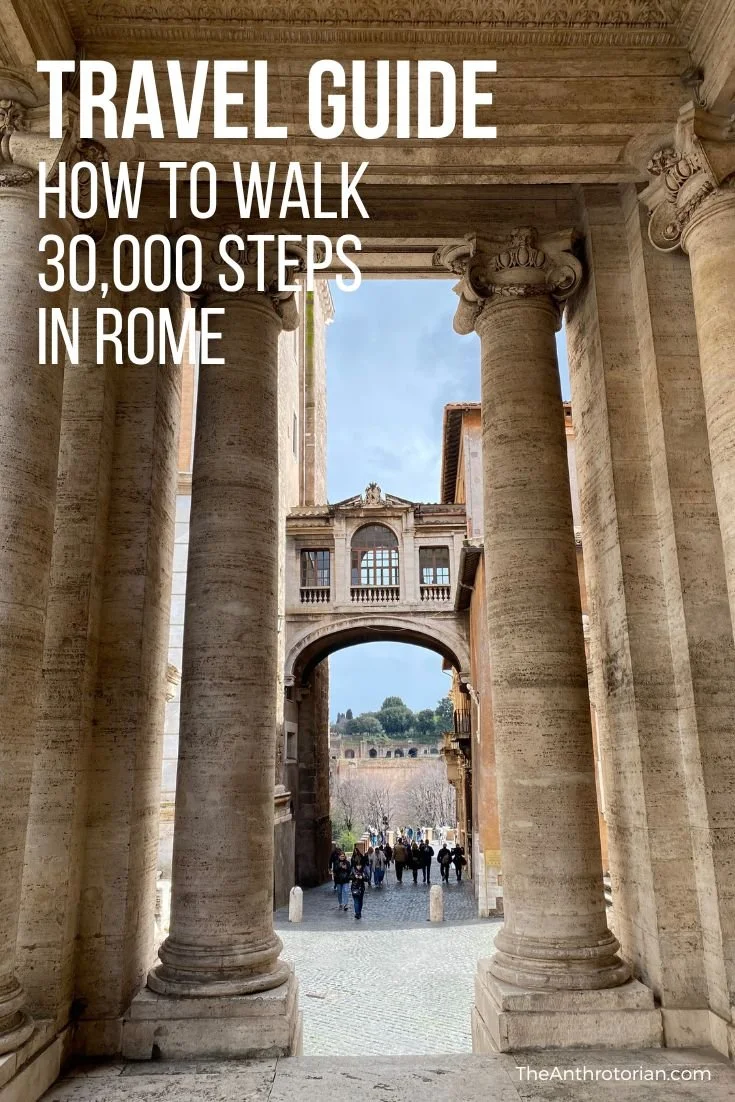

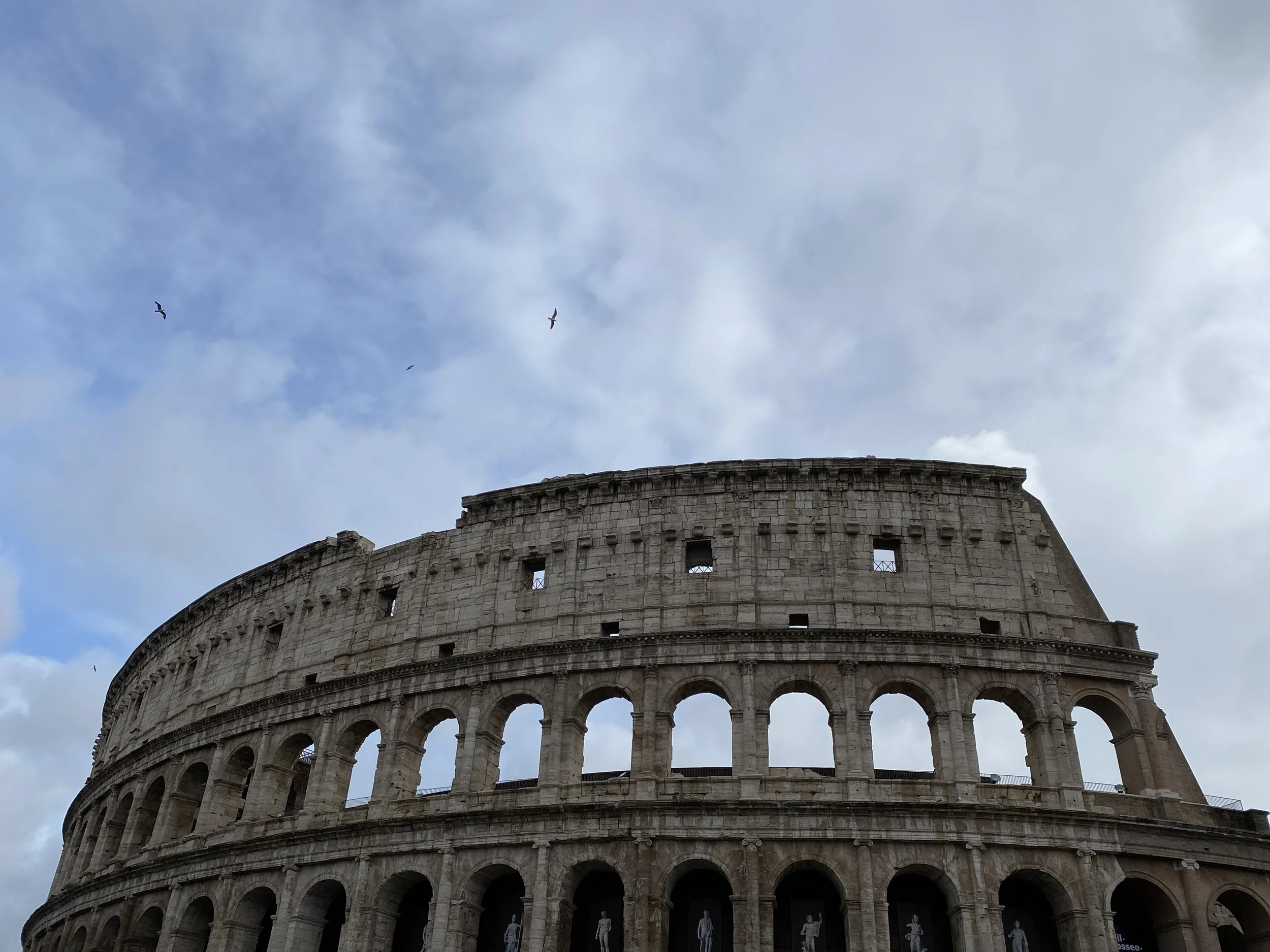
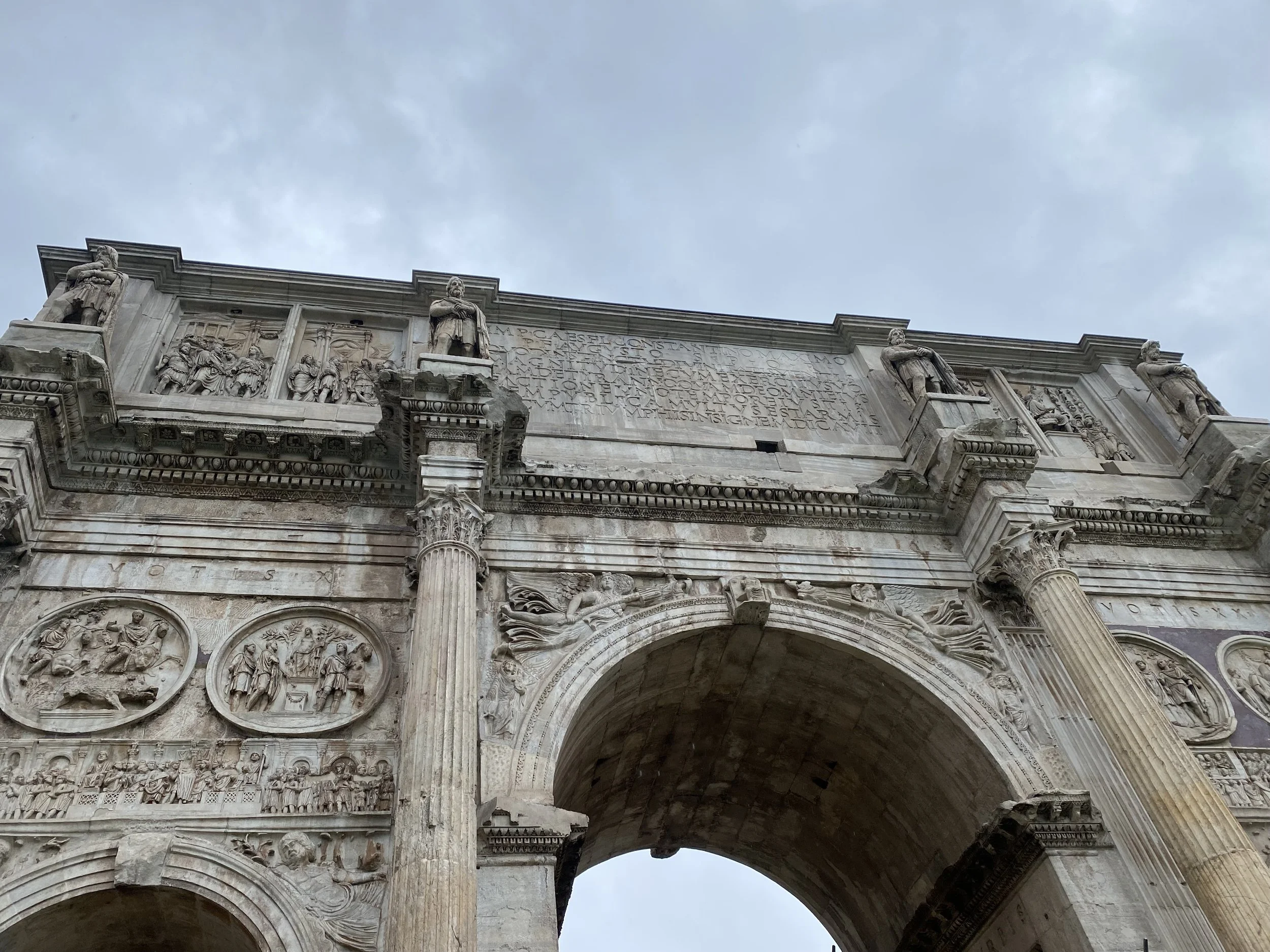
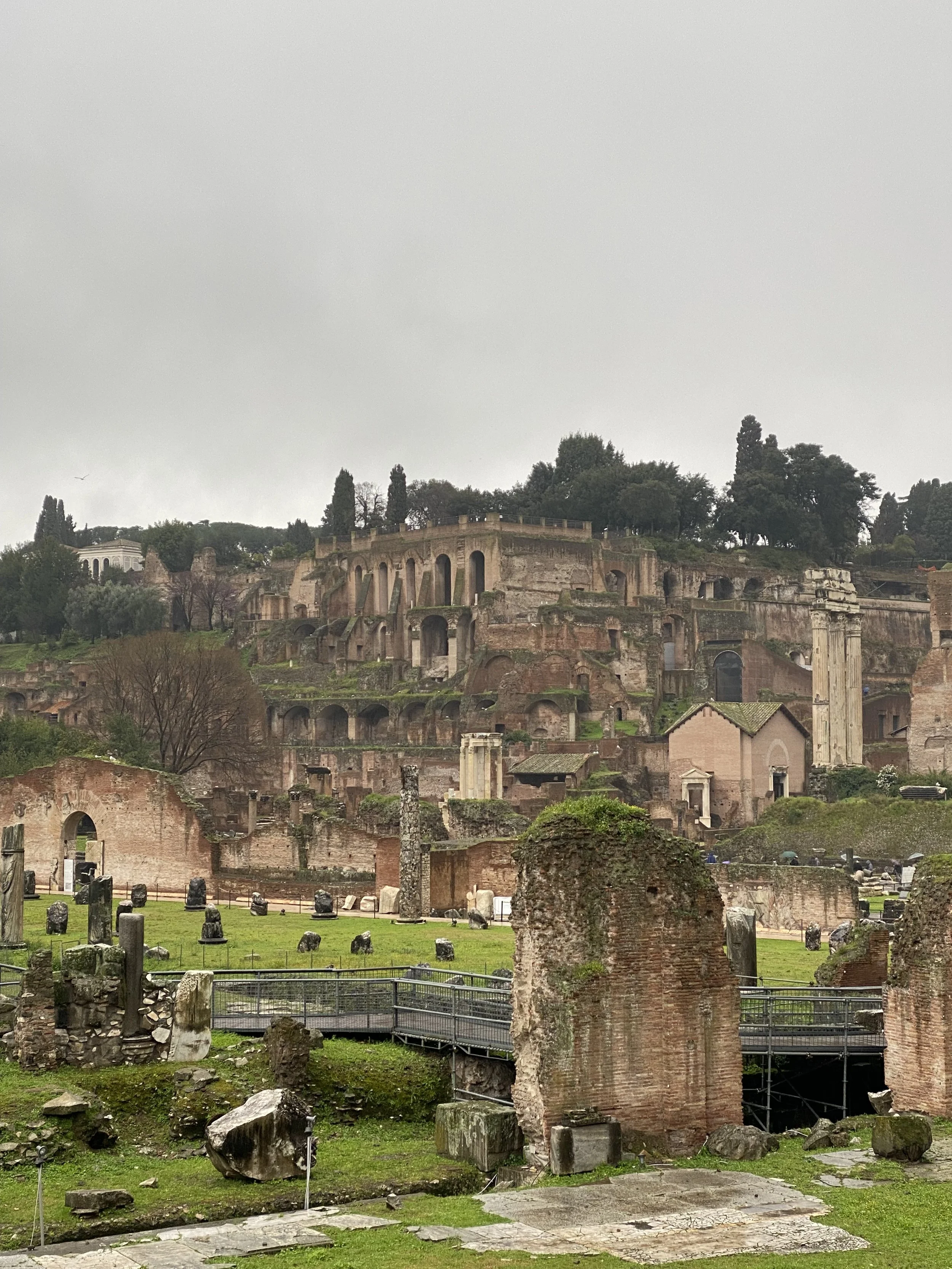

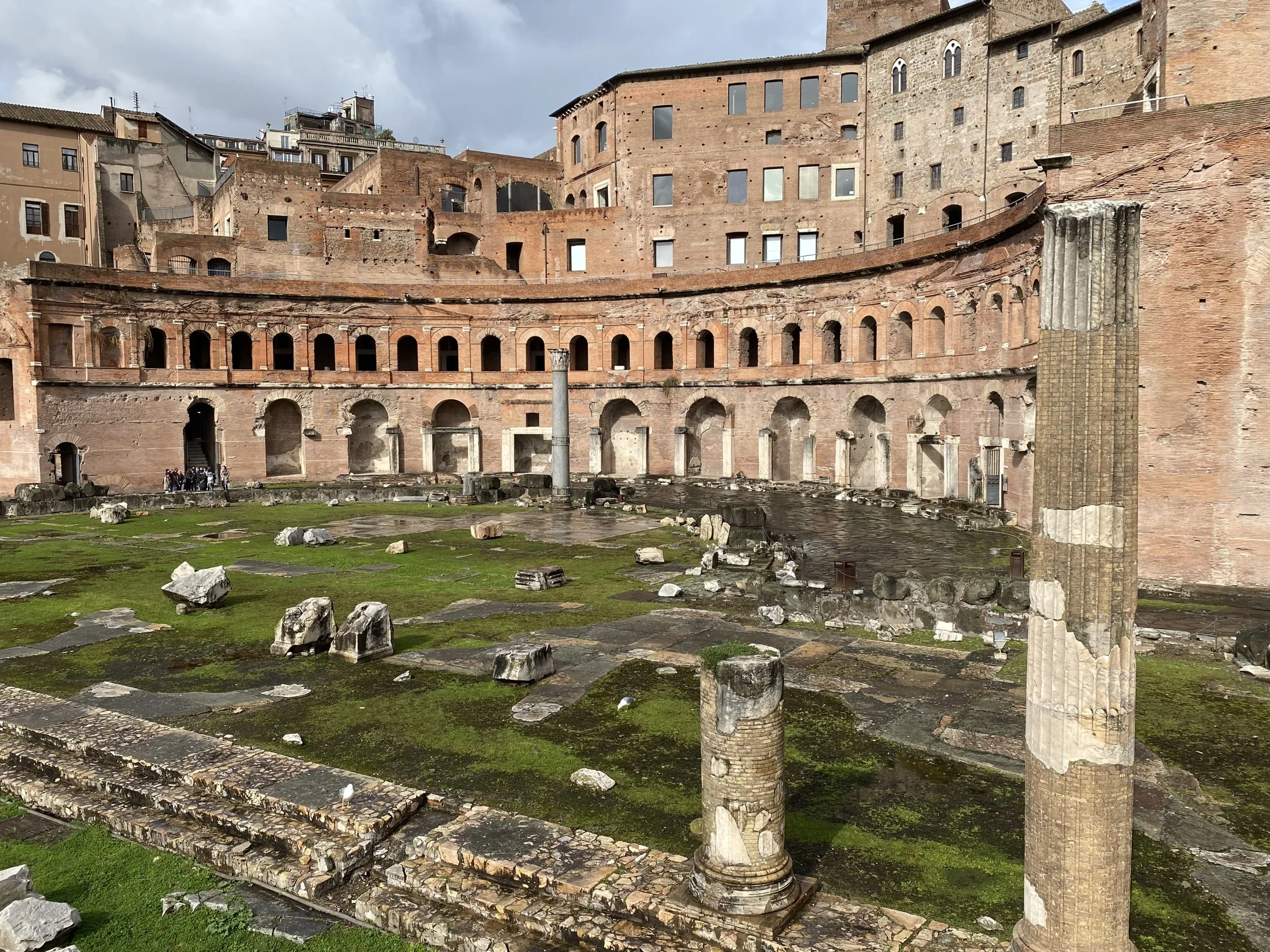

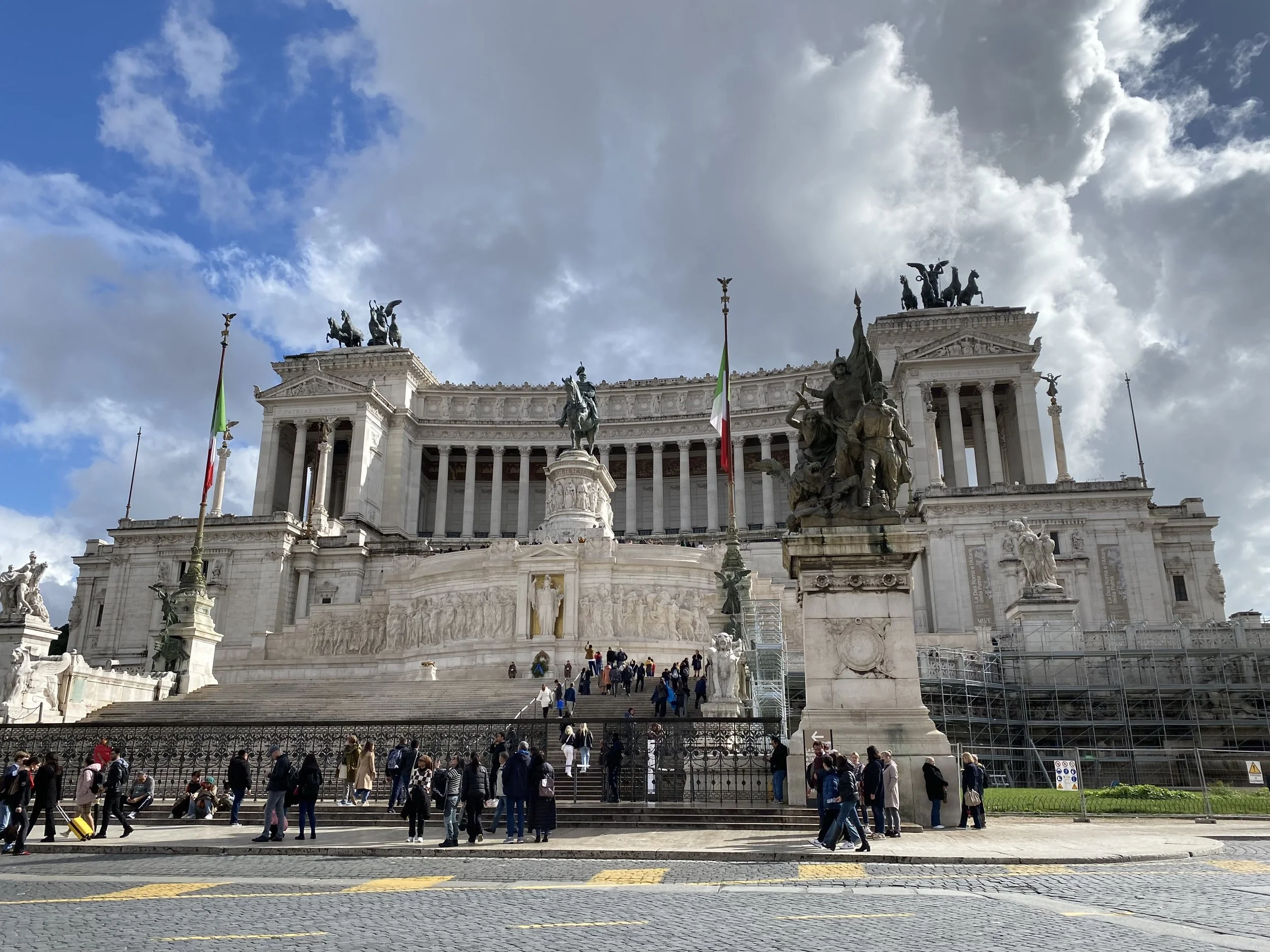
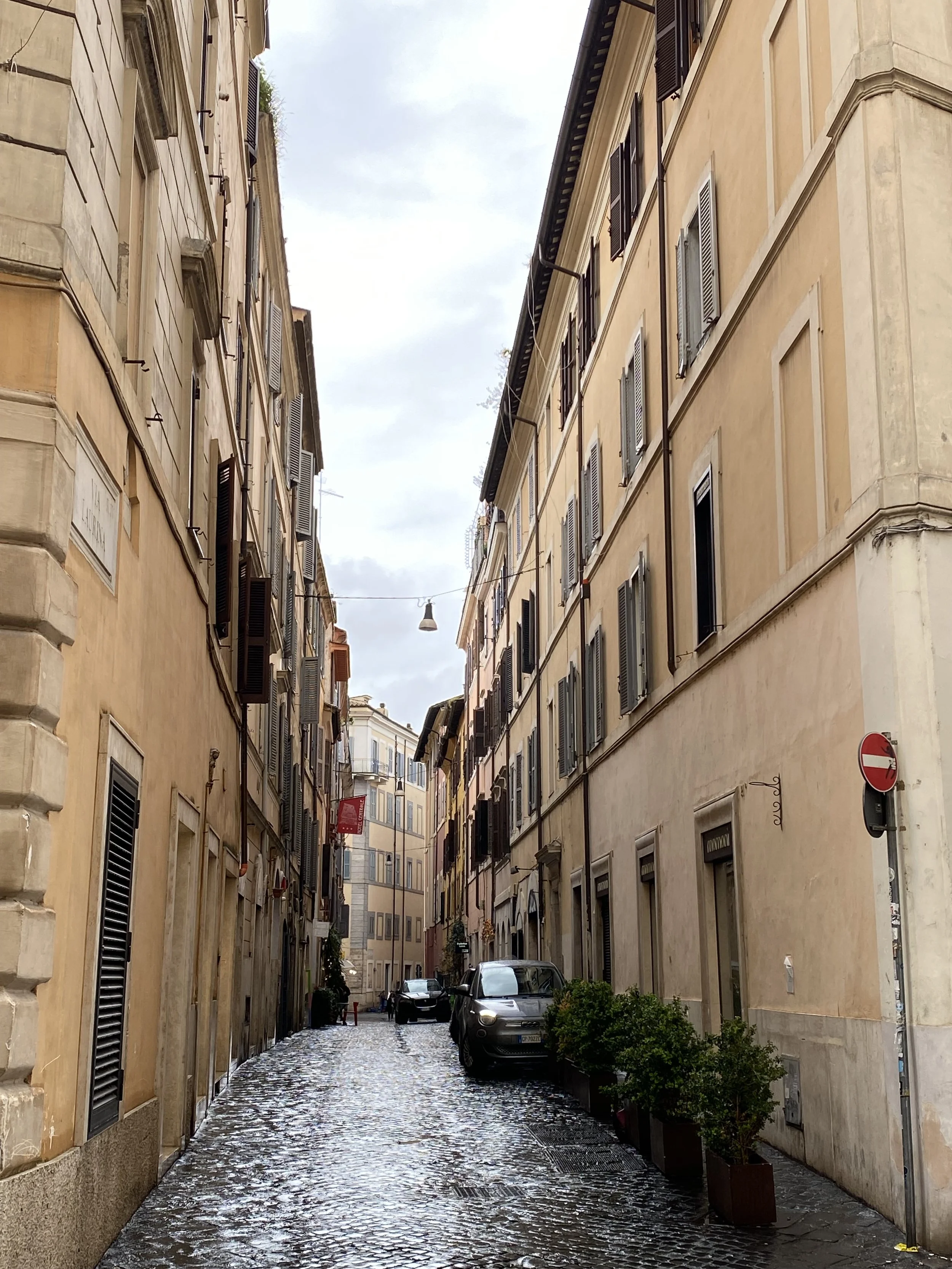
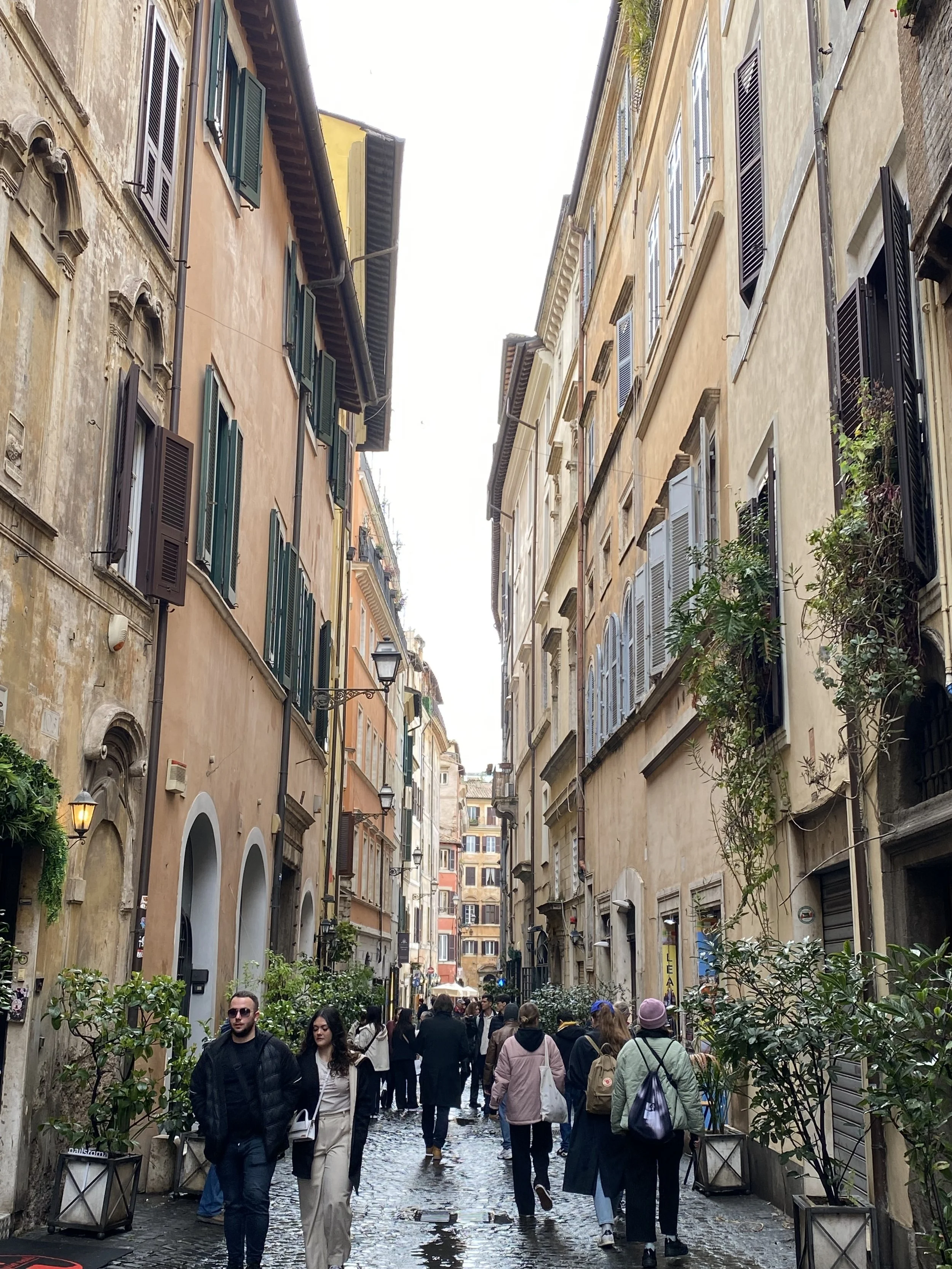
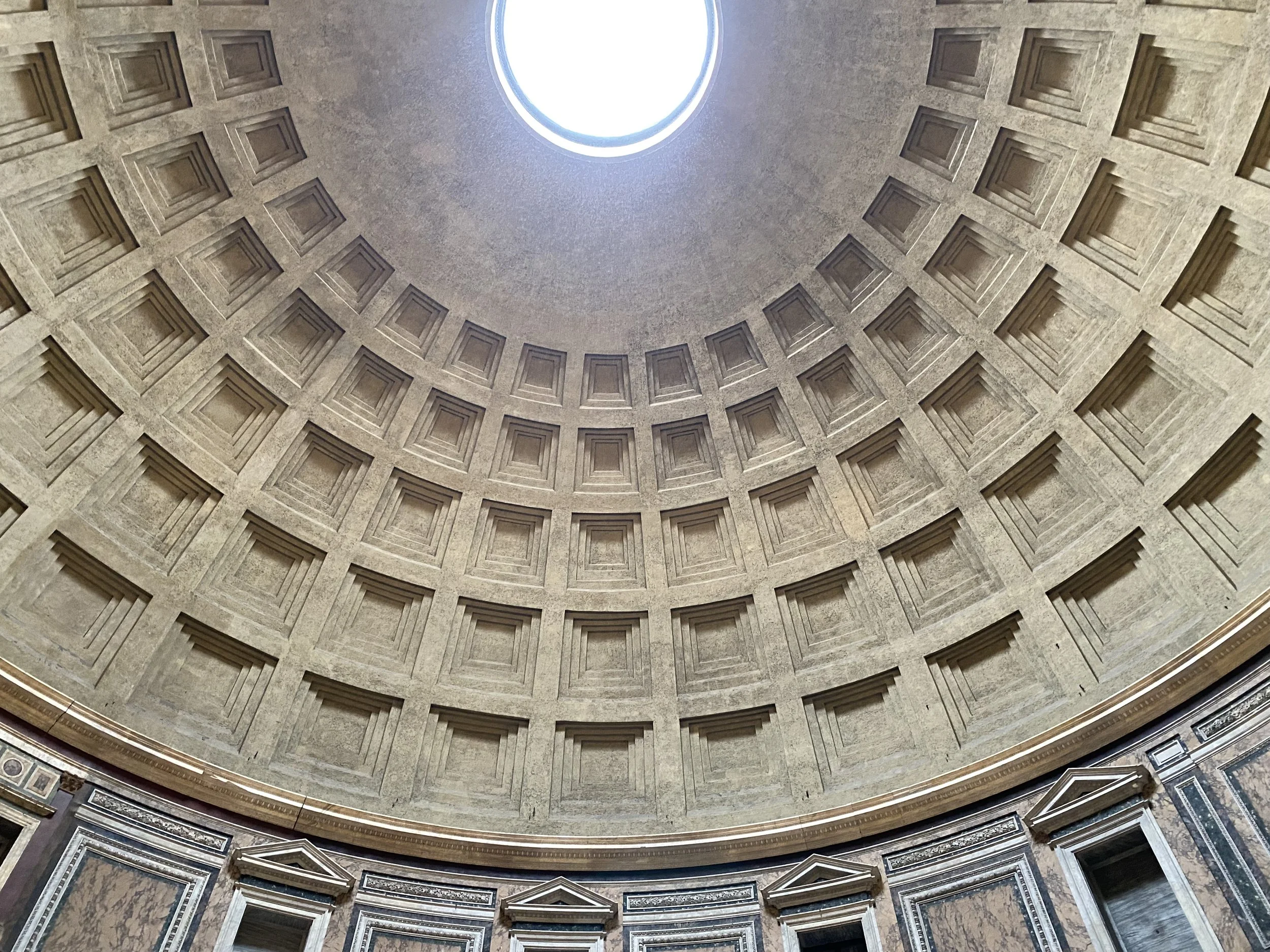
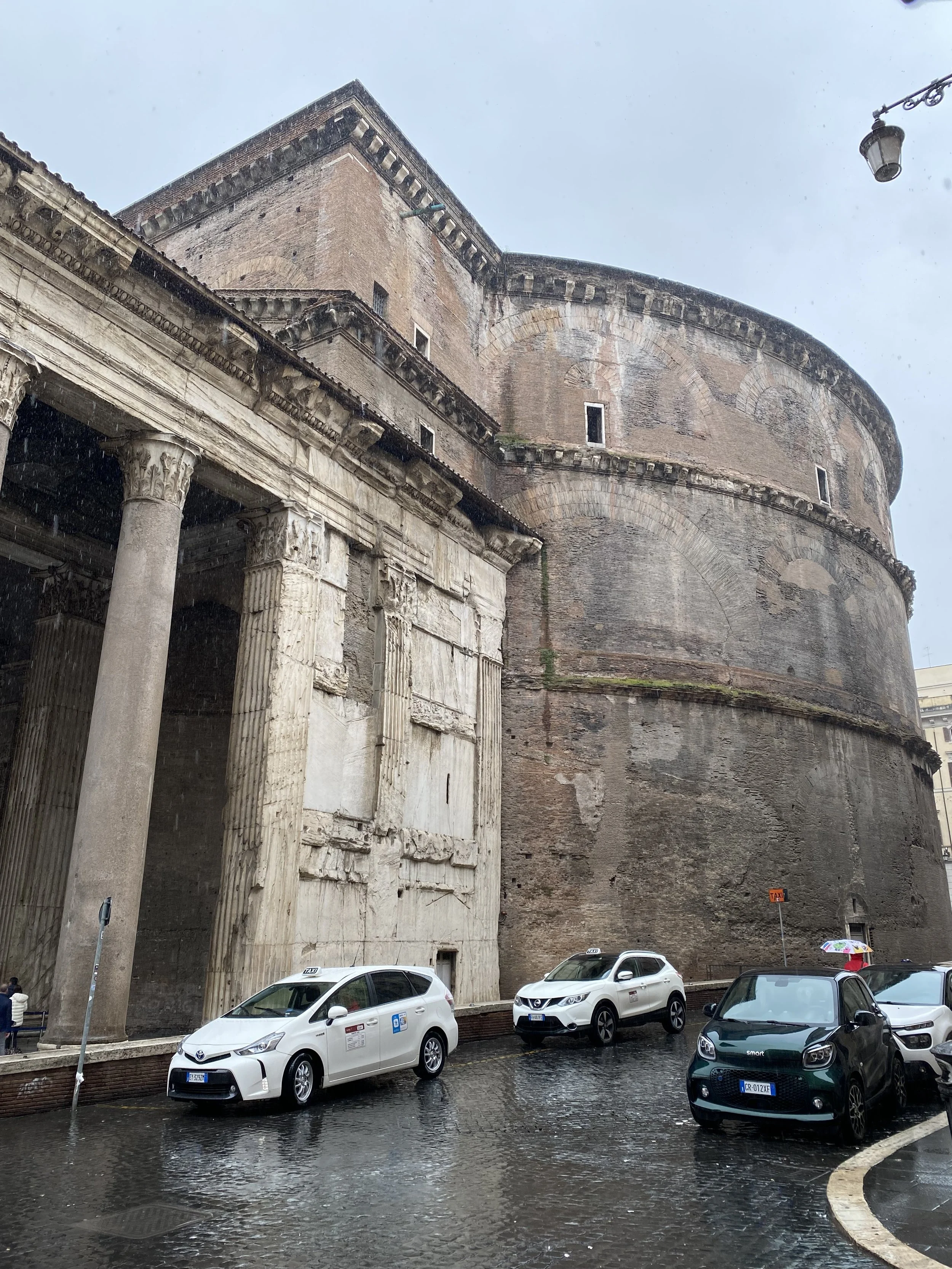

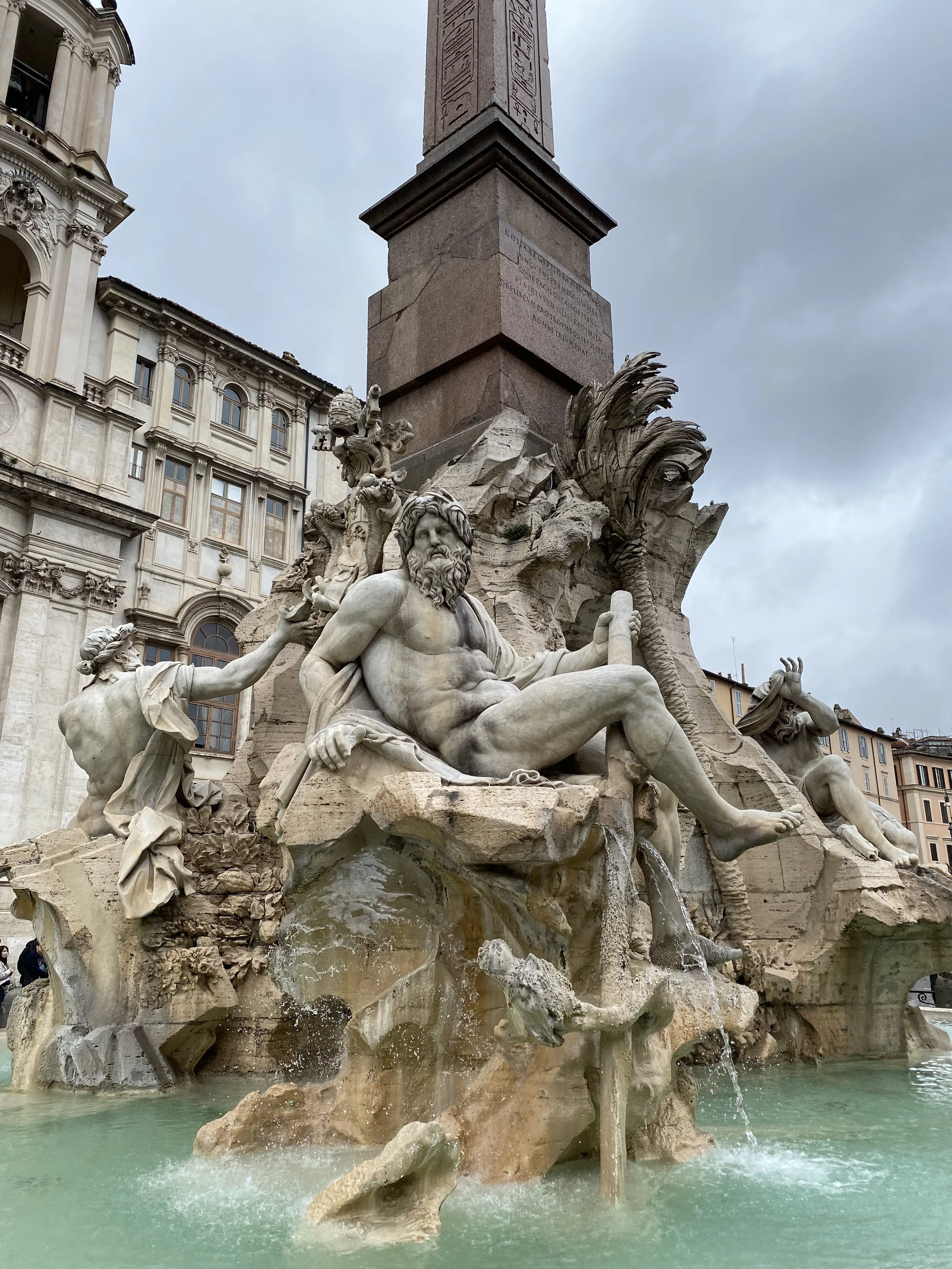
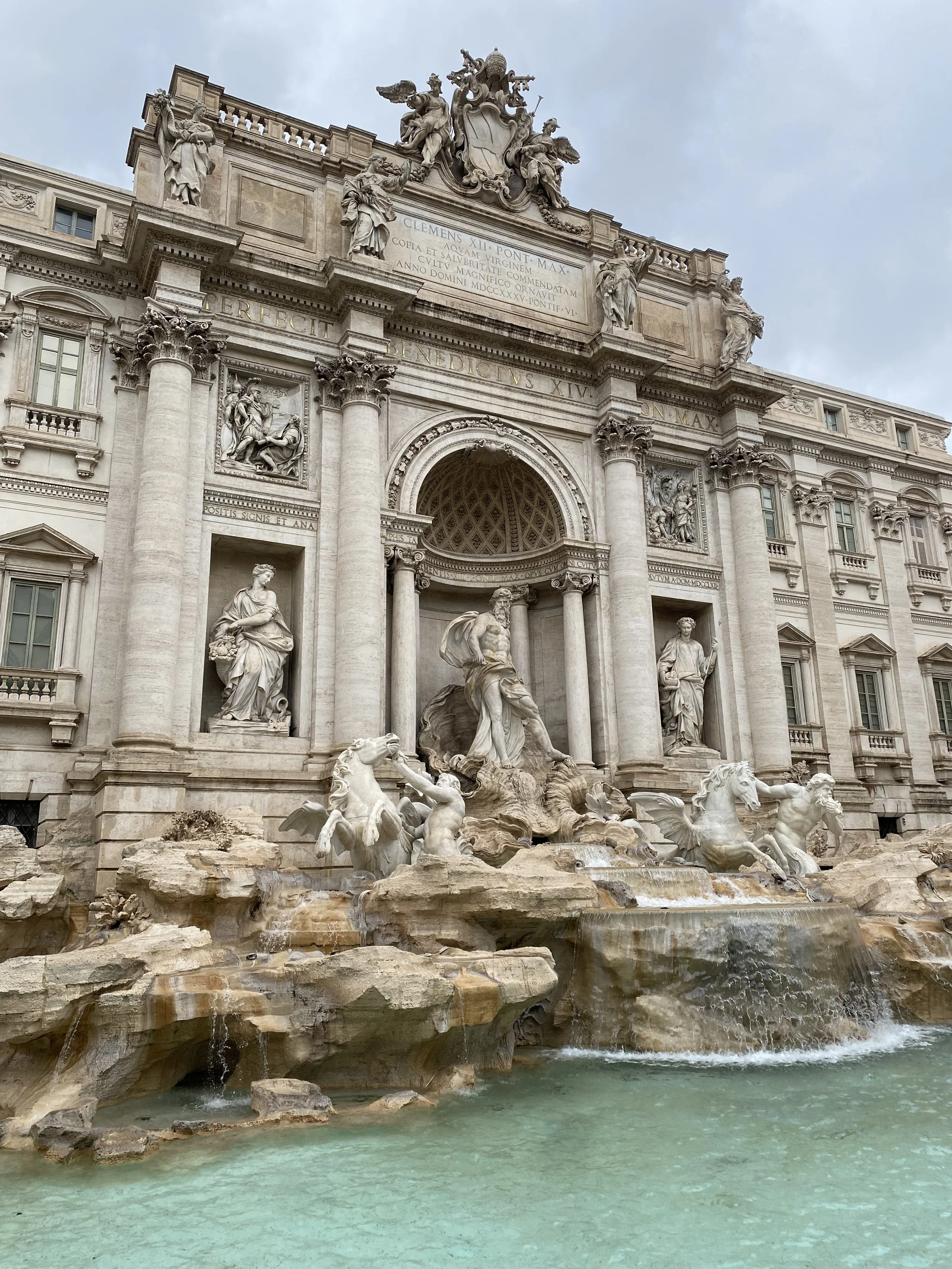
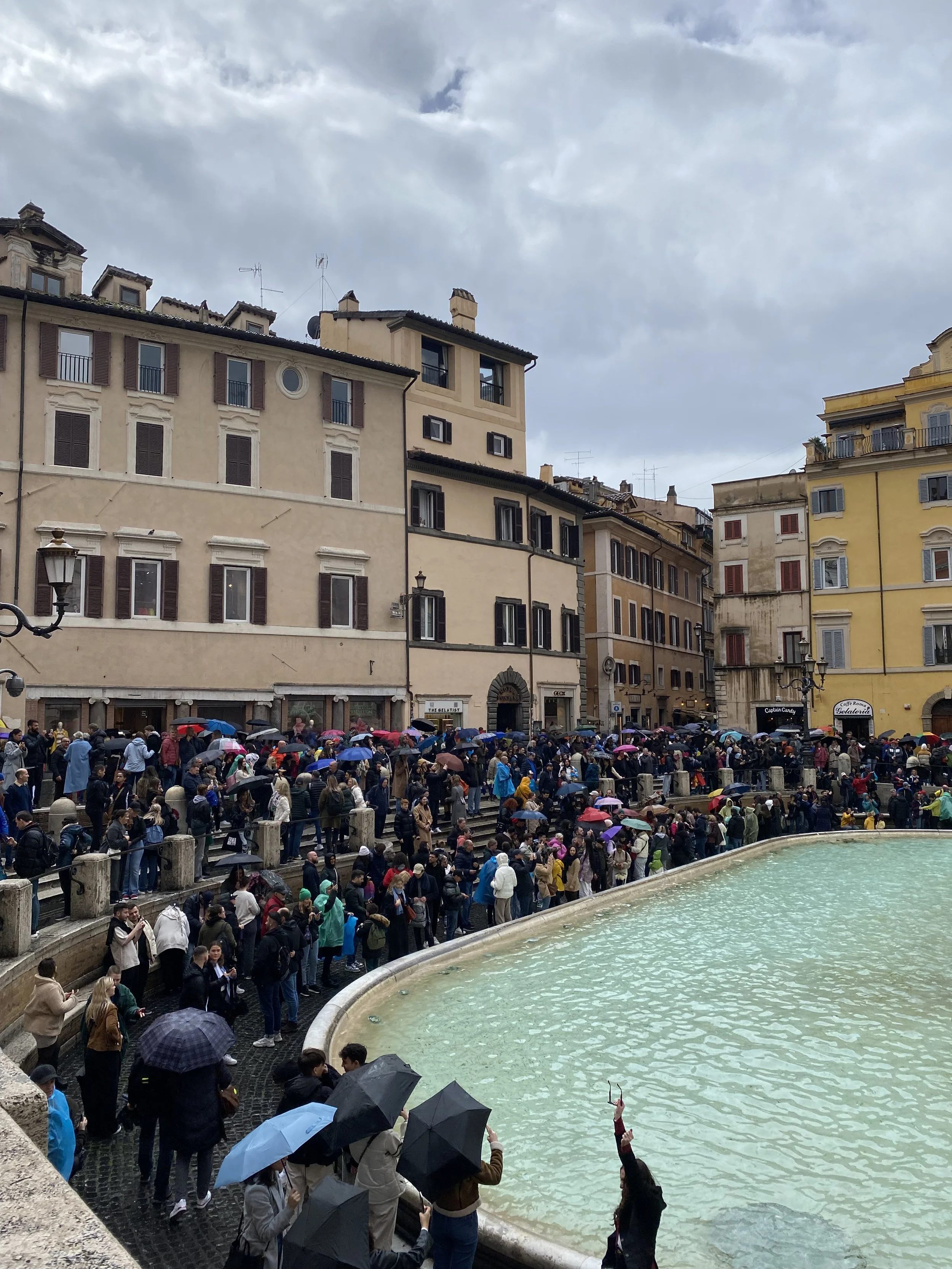

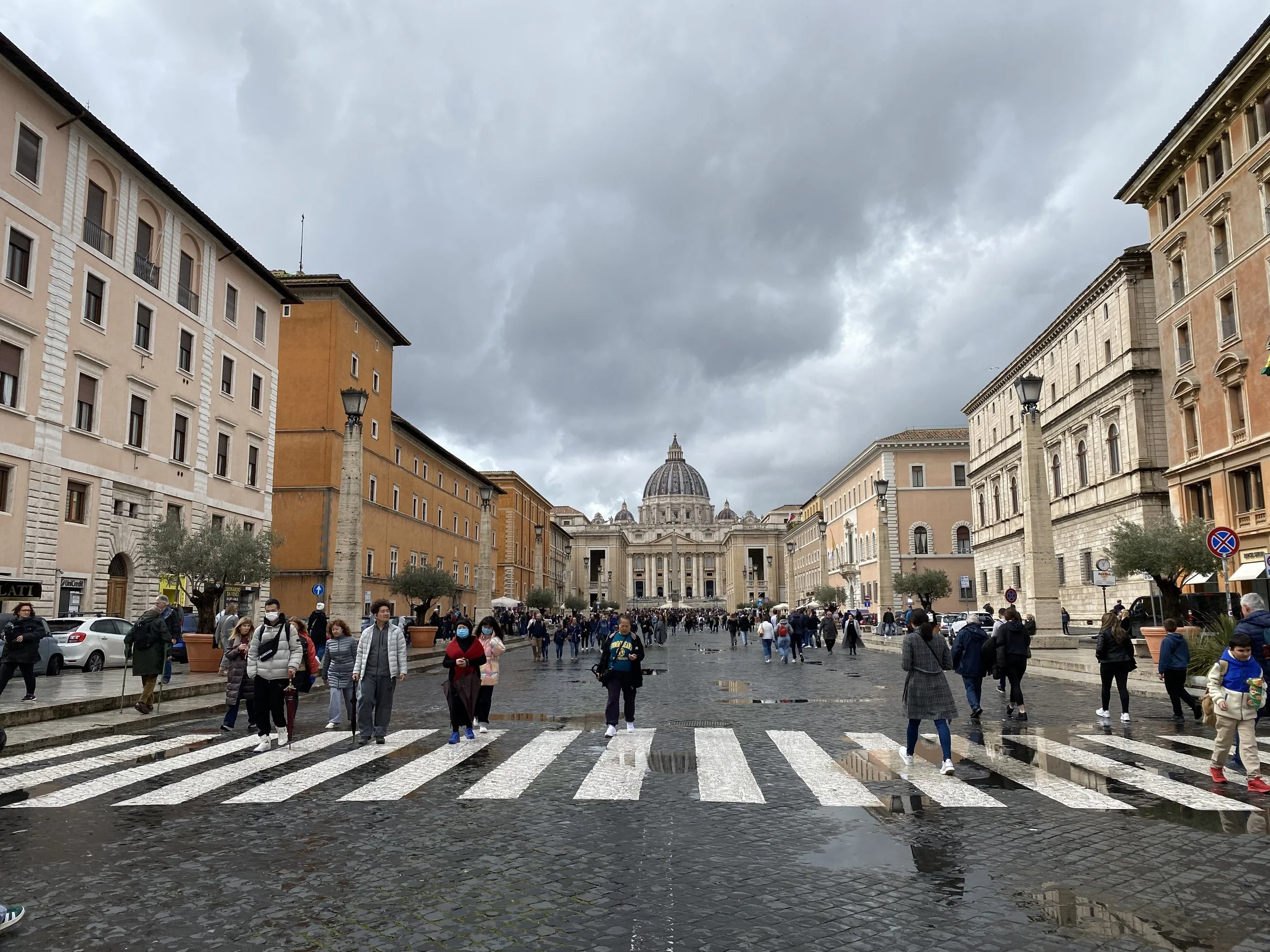
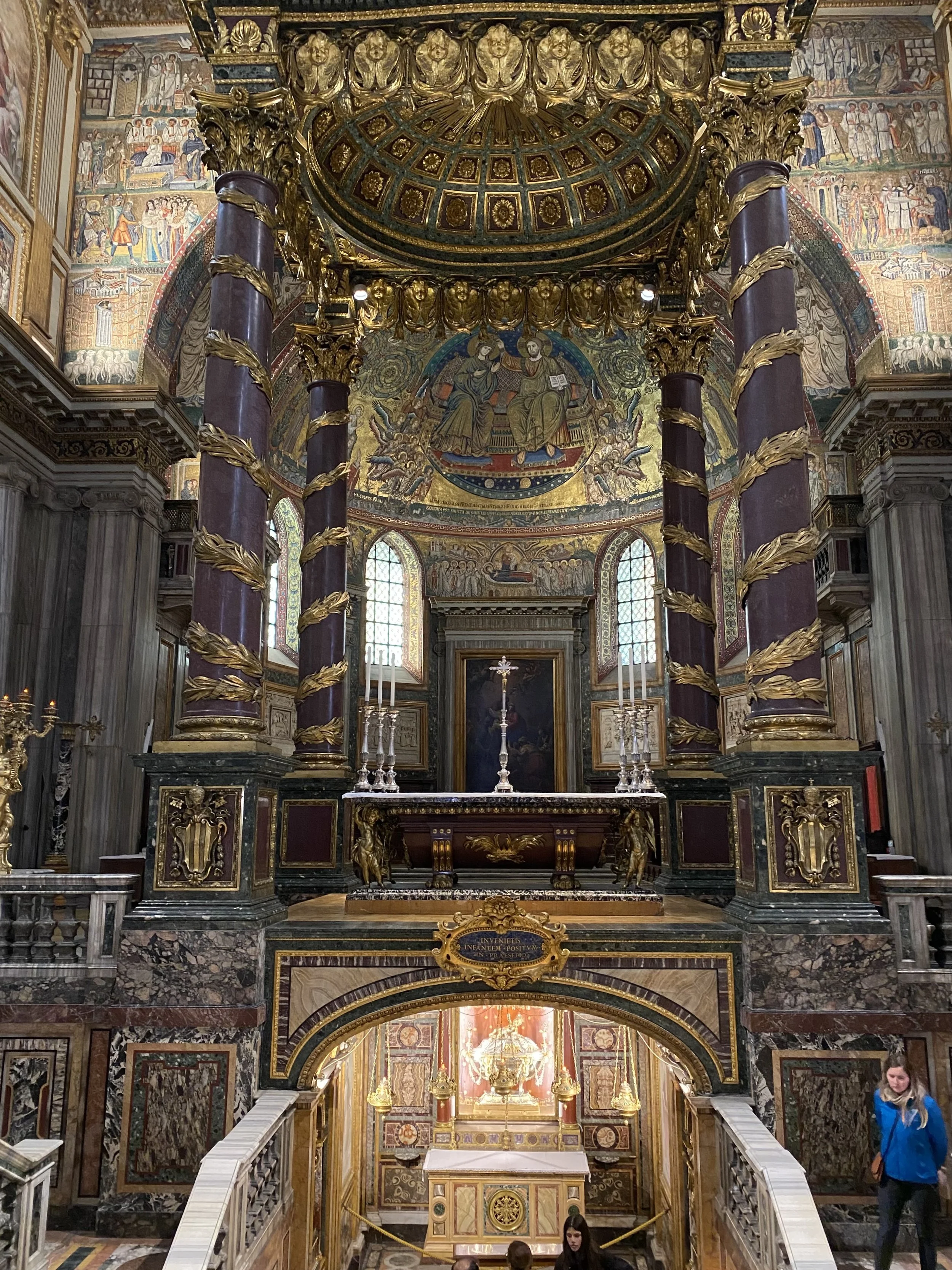

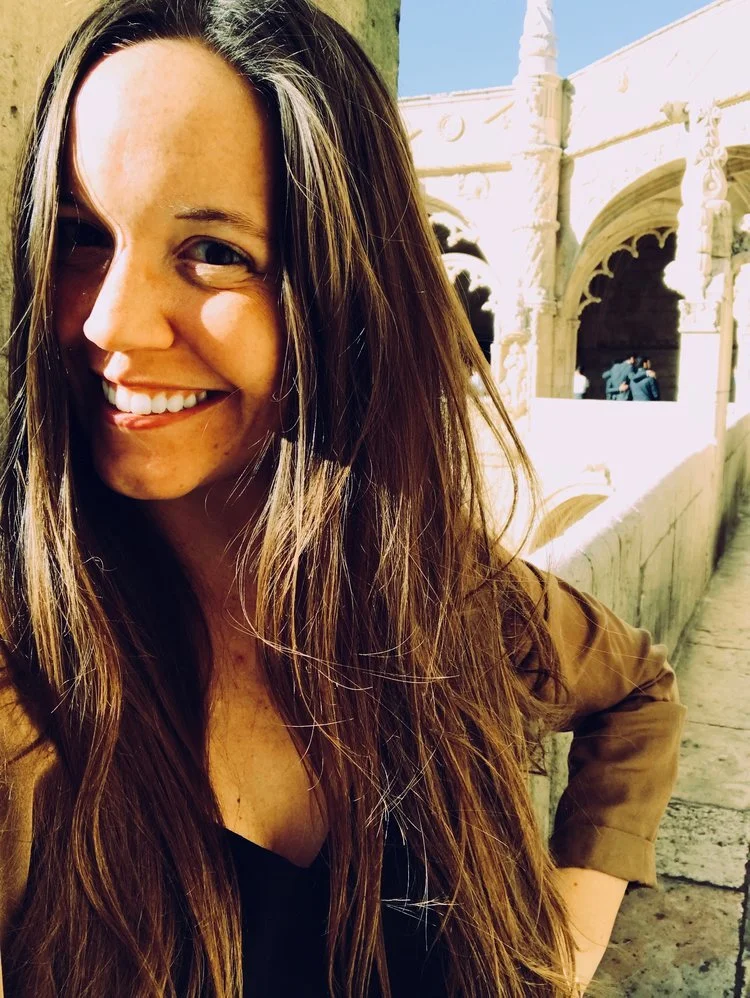


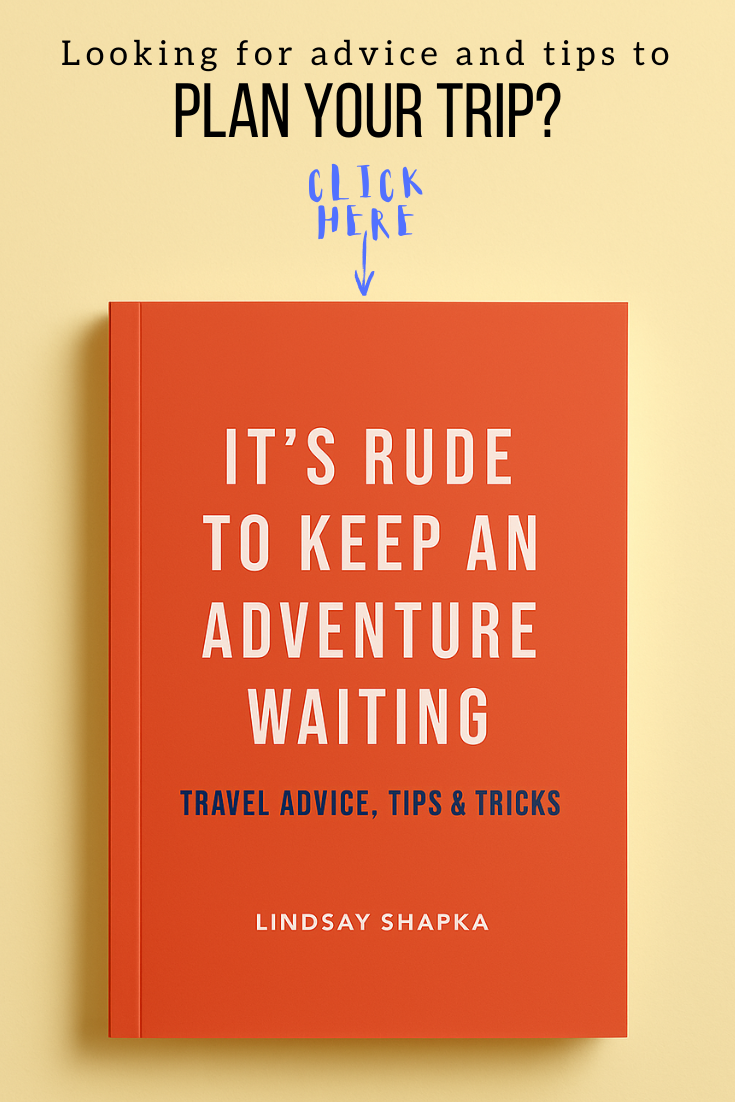




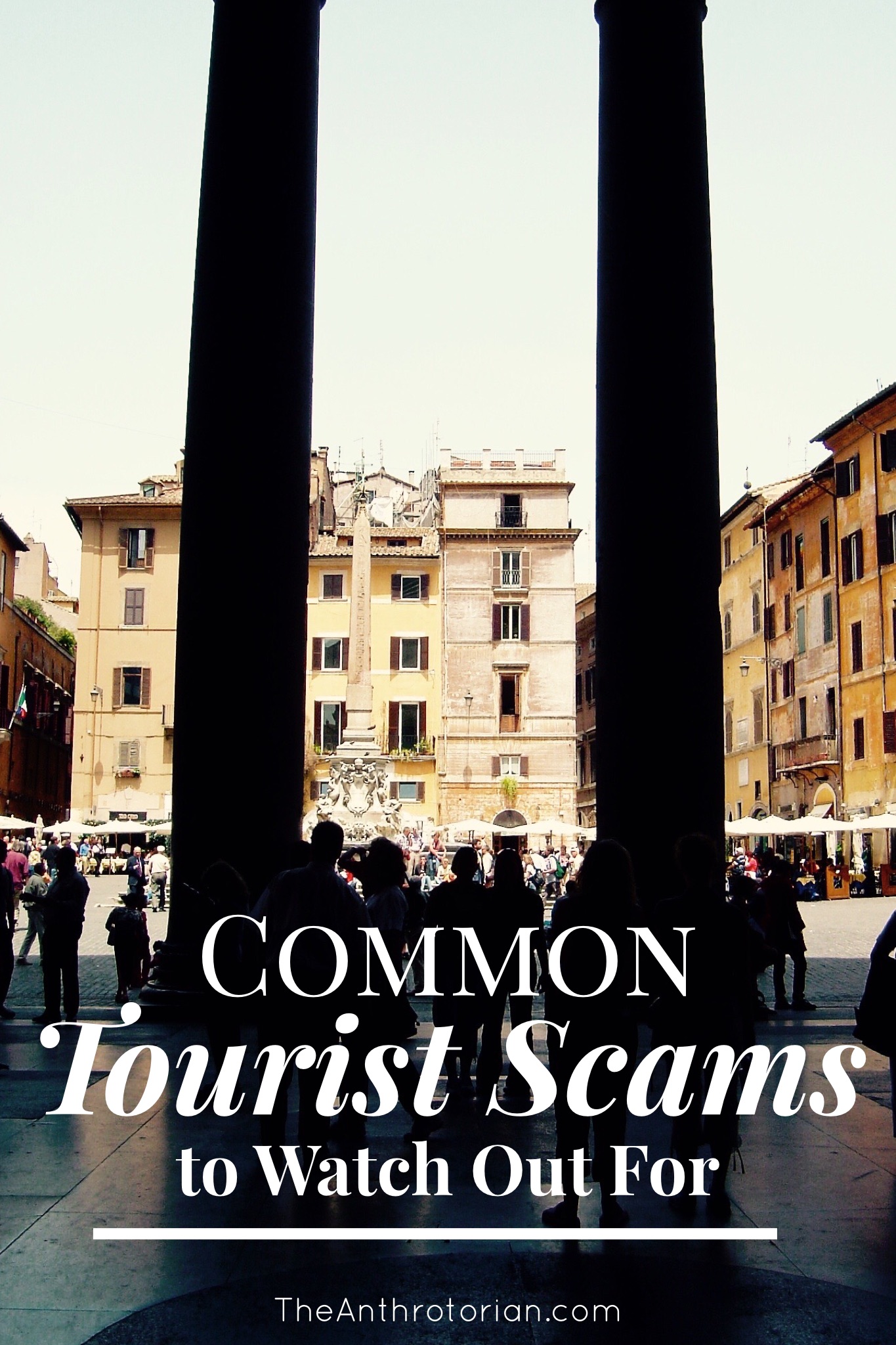


If the last few years of travel has taught us anything, it is that airports are busier than ever, and both they, and the airlines, are struggling to keep up with the demand.
Throughout the recent summer and holiday seasons, we were bombarded with images and videos of stacks of lost luggage left in airports all over the world. If you are anything like me, it has made checking a bag seem like a risk that I am not willing to take — especially if I am going for a short trip and don’t want to be without my clothing, etc. for even a day.